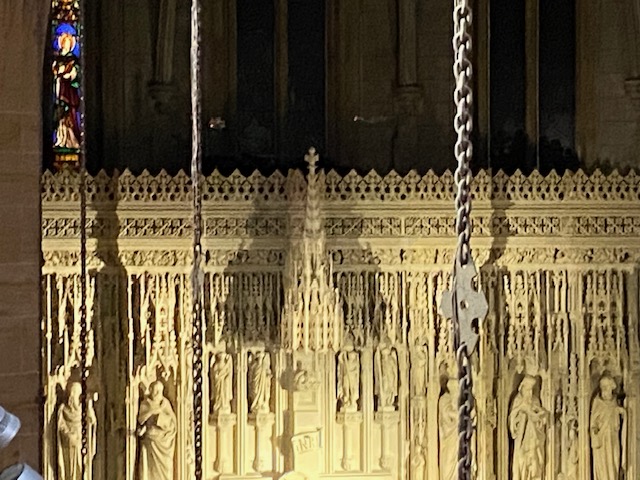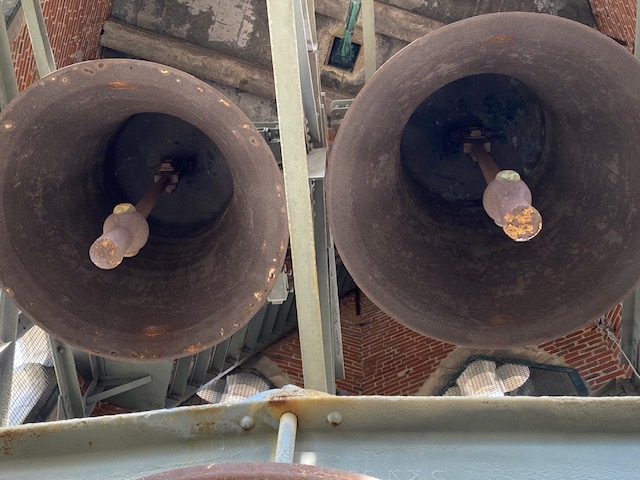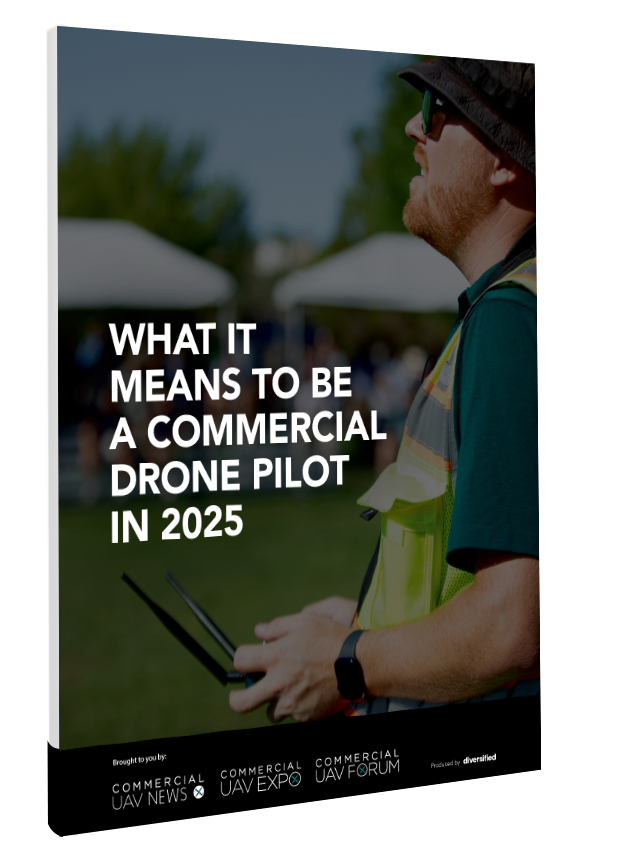In 2022, it was reported that the use of drones in the construction industry was growing at an annual rate of 239%. Others have mentioned that construction is one of the industries that is in desperate need of new technology, highlighting how and why drones have become such an important tool all across the entire sector.
What does it mean for these tools to actually be utilized though? Where are they being deployed and who is using them to create value? A recent article from the St. Louis Post-Dispatch that reported on the drone inspection performed by Kuhn Construction at Christ Church Cathedral explored those exact details. However, there’s much more to say about the opportunities that the technology can open up for other construction companies and for churches and facilities in need of both assessment and repair.

A Church Builder That Does Bathrooms
“I tell potential clients that I'm a church builder that does bathrooms,” said Rick Kuhn, the fifth-generation owner of his family’s construction company. “The reason I say that is because there’s really nothing more highly finished than a church. The care and expertise that went into the construction of those buildings is obvious, and our goal is to protect and celebrate that finish as part of any assessment or repair. We’d do the same for a small bathroom remodel though, because we want to match something existing with something new in a way that makes sense in the present and for the future.”
That effort to blend the existing with the new was a driver behind a diocese-wide project to inspect multiple churches in the Episcopal Diocese of Missouri. Identifying the status of everything from the exterior roof to the interior support beams was a major priority, which is partially why Kuhn Construction has been utilizing drones for much of this inspection work.
With a drone, the team doesn’t need to use ladders or lifts to get a bird's eye view. They can do all of that from the ground, which is critical for structures that have multiple roofs, which most churches do. They can also fly the drone inside the church to get to places that would otherwise be impossible or prohibitively expensive to access.
How such potential expenses compare to the actual cost of utilizing a drone are critical to consider since overhead costs for in-house pilots can be one of the most expensive elements of a project. That’s partially why Kuhn Construction hires pilots on a part-time or project basis rather than full time. It has allowed the team to keep costs under control, although the way they consider such costs is indicative of their more holistic approach to drone adoption.
“The cost is relative because you're going to have invaluable information at the end,” Kuhn told Commercial UAV News. “Plus, there are always going to be angles and areas you’re never going to get, even if you had a person all the way up there. The reality is there are always adjustments you can make so that it’s not prohibitively expensive, and our approach has meant it’s something that’s hundreds rather than thousands of dollars.”
That sort of proactivity can be an essential means of value that construction companies and others can enable as part of a defined approach to assessments, repairs, and more.

“Why Haven’t We Already Done This?”
“We use all of the information gathered from the drone to create our own building inspection report, which we call a BIR,” Kuhn said. “That’s sent to the contact at the parish that is responsible for the building and grounds. It’s a process I mostly invented so that the diocese stakeholders can really see what they own and get a real sense of what condition it’s in, plus our recommendations on making fixes. Those reports have created awareness and understanding that’s allowed them to make some critical decisions.”
As an example of what those critical decisions can look like, Kuhn mentioned that some of the structural problems they’ve identified have led to the closing of a certain area of a church or to the removal of a large piece of infrastructure, like a church bell. These places and structures were deemed to be unsafe, helping the parish contacts make decisions that avoided a potentially catastrophic situation.
The BIR report provides specific insights into the state of the facility. Pictures can show how the water is getting in or exactly where the gutter system is failing. Those details define the recommended fixes, which can vary from getting a roofer onto the roof to scheduling a welder to fix the ladder in the bell tower.
Drone data and drone photos have helped the team finalize their recommendations on account of being able to highlight these issues in detail while also outlining the potential remedy. This process fully defines the proactive approach that Kuhn Construction takes and is one that others can learn and benefit from in multiple ways.
“We’re proud that churches of all types and ages can benefit from this type of inspection,” Kuhn said. “It's an invaluable tool to put together and help these older declining buildings stay alive. People will see what we can put together and literally ask, ‘why haven't we already done this?’ It just makes a world of a difference when you're proactive versus on the other side of it.”
















Comments